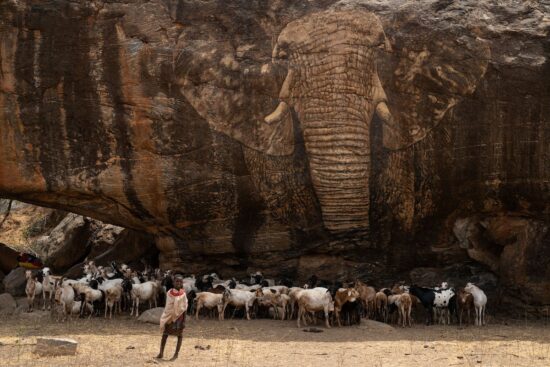
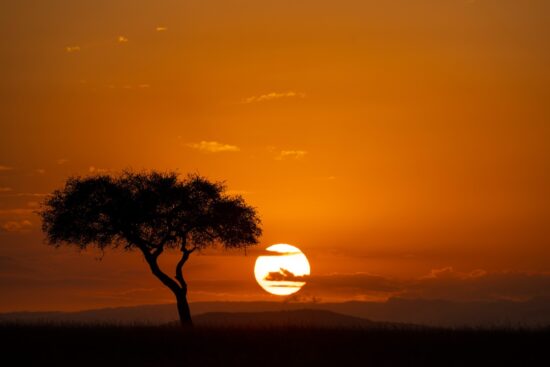
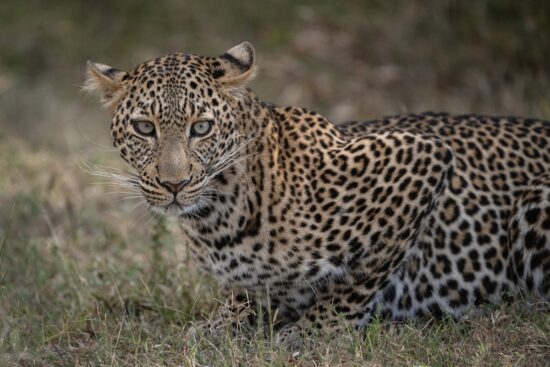
Lessons from Africa by Mark Comon from Paul’s Photo (the article was originally published here):
Lessons From Africa
I just returned from leading three photo safaris in Kenya. Three awesome groups to three amazing locations where we had tons of fun and captured hundreds of fantastic photos. Whenever the CPA group travels together there are lessons learned. Here are a few lessons on photographing animals on safari.
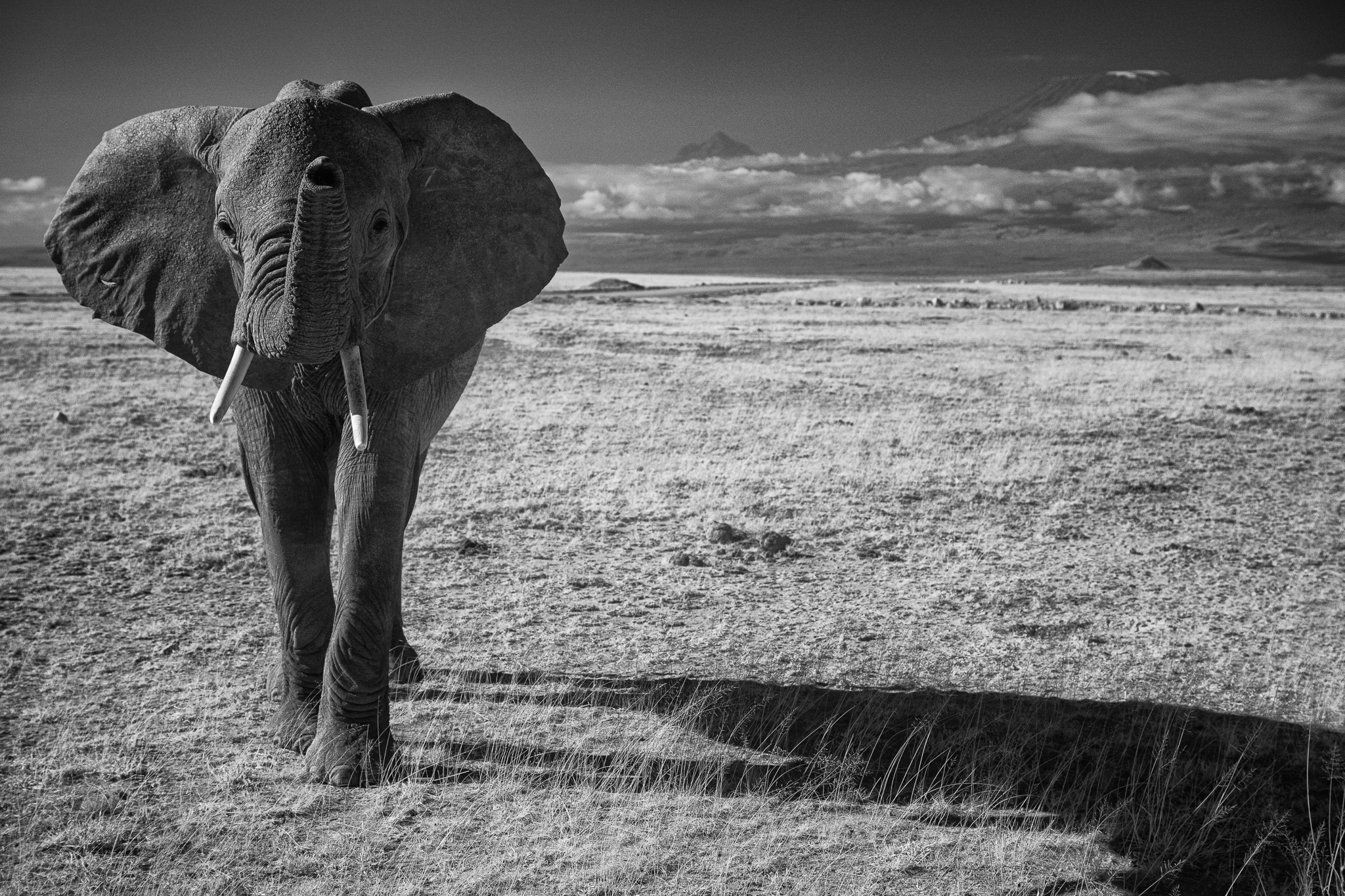
Lesson #1: The right kit makes picture taking more fun and more successful.
This was our first safari with 100% full-frame mirrorless cameras. The Nikon, Canon and Sony cameras performed superbly; we had zero failures on safari! My personal kit was fantastic capturing the moving animals, local people, scenery and video of Kenya under challenging light and conditions. What was my kit? Nikon Z9, Nikon Z8, Nikon Z8-converted to InfraRed with 24-120mm, 100-40mm, 400mm 2.8+1.4x and a 1.4x converter packed in a ThinkTank FirstLight 46 bag.


Lesson #2: Know your camera and use the technology to your advantage.
Nikon Z8 and Z9 autofocus was spectacular! AF-C, Wide-Area-Small + W-A-Large, and Animal Face Detect followed mammals and birds through the grass and in the air. Finding and following focus in auto allowed me to capture magic moments that were fleeting in previous cameras. Today’s Auto-Focus technology changes dramatically what photos you take and what photos you make successfully!


Lesson #3: Great lenses make the best photos.
The Nikon Z S-Line lenses (just like Canon RF-L and Sony GM) made spectacular photos under challenging light conditions on safari. Dusty, backlit, soft-light subjects glowed brilliantly. Wide-aperture photography superbly isolated the subject and produced razor-sharp images with detail that was unheard of three years ago! Look at the clarity and the depth…. It’s almost better than being there.

Lesson #4: Speed captures the magic moment.
Speed in photography is your friend. Speed sees the intimate action. Speed can make award-winning photographs. FAST Shutter Speed captures the minute movement and makes a thrilling image. A Shutter Speed of 1/4000 or 1/3200 (Nikon Z8 & Z9 shoots up to 1/32,000) freezes the movement of the lion roar or the cheetah running. Not only Fast Shutter Speed but shooting speed (frames-per-second) is vital to success. Making 20 pictures-per-second sees every nuance in a movement. It captures the look in the eye and the gesture in the gait. I was never a fan of high-frame-rate photography until I experienced what the Nikon Z9 can do (or Nikon z8, Canon R3 or Sony A1).

Lessons From Africa: Scenery
On safari in Africa, the focus of most photographers is the wildlife. Cataloging snaps, intimate portraits, exciting action, and warm & fuzzy animals fill the bucket-list for many safari photographers. Many ignore the stunning scenery and beautiful countryside in Africa, and on many other travel destinations. This is why I pack the 24-70mm and 70-200mm lenses in my safari kit to capture these scenic photo opportunities.
Lesson #1: Tell the story of where you are with a great landscape/scenic photo.

After seeing my wildlife photos in a class or in a gallery the first question asked is always “What does Africa look like?” Hollywood Cinematographers begin with the “establishing shot“ and photo journalists start their story with a “scene setter,” and so should Travel photographers. Take a step back from the wildlife and capturing the scene is always a good practice. Don’t forget to use creative exposure and compositional techniques to make your photos appealing!


Lesson #2: Strong subjects interacting with the environment produce a worthy photograph.

In story-telling photos context is always important. Who is the subject? Where are they? What are they doing? Capturing the animals in the environment is a fantastic opportunity to breathe life into your photos. I find myself drawn to the animals interacting with the environment…. eating, drinking, migrating. I often find a unique landscape feature (tree, pond, or river) and wait for the animals to venture into the frame. These images are often some of my most popular!

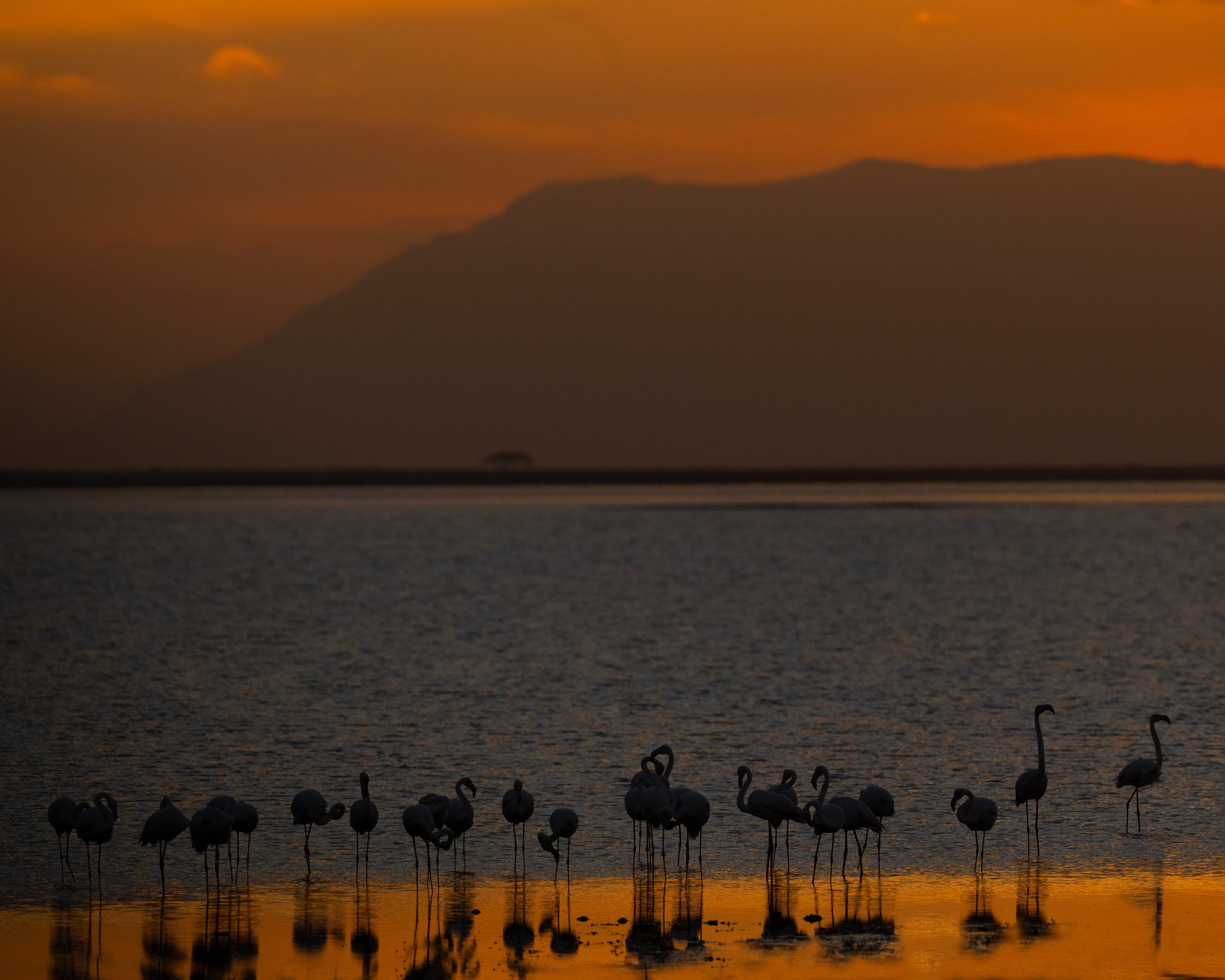
Lesson #3: Take advantage of the top photos at your location.

Every location on the planet offers quality photo opportunities… as a photographer, we need to search out and be ready to capture the uniqueness when it happens. Africa features legendary sunrises and sunsets! How do you capture that beauty? Plan your picture… time, location, and gear. Find a great foreground to silhouette against the rising or setting sun. Arrive plenty early…. 30 minutes before sunrise or sunset and be set-up. Choose a long telephoto lens to make the sun large in the frame or a wide angle for a beautiful sky. Manage the focus on your foreground element and the exposure to hold detail in the sun and sky.


Lessons From Africa: People
Lesson #1: Snap creative photos of your travel crew in action.
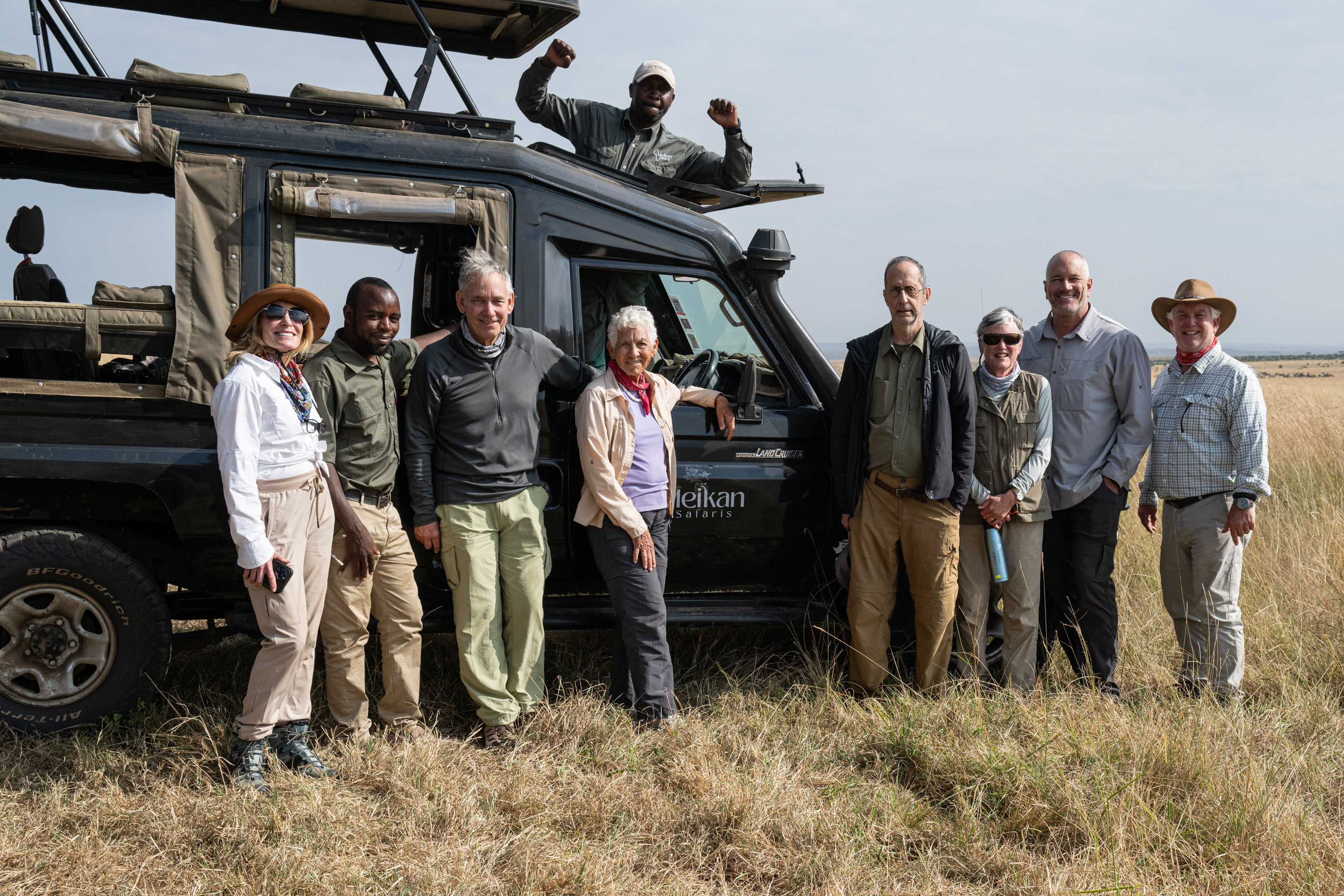
Your fellow travelers, friends, and family on Safari are an obvious subject. Capturing them interacting with the local people and animals captures a great memory. Sharing where you are, and what you are doing is your prime responsibility as a travel photographer. Look for unique moments, creative framing, and perfect light to make the most memorable picture.

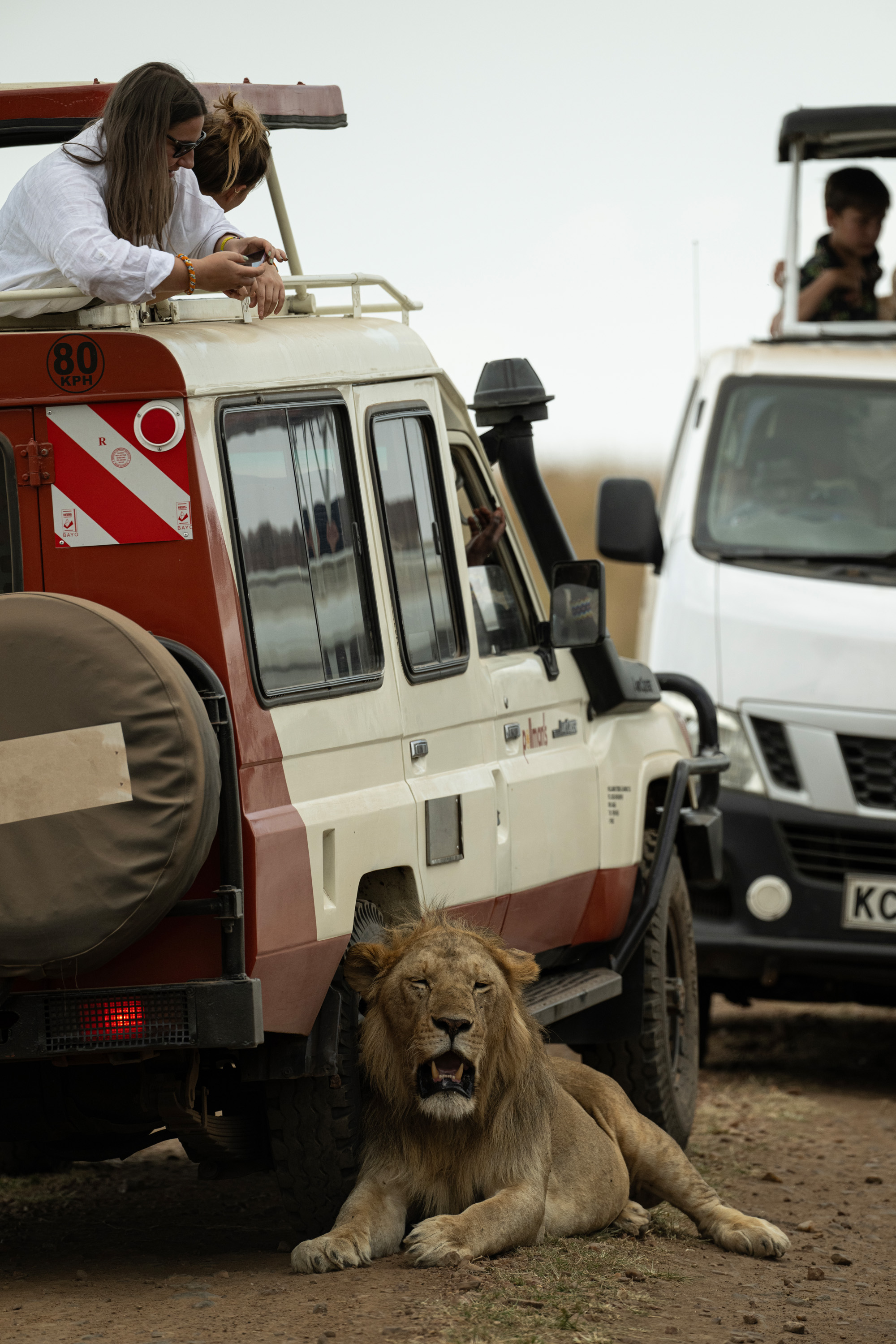
Lesson #2: Candid photos of local people can make award-winning images!

The people who inhabit your favorite travel destination make it special! Photos of the locals in Africa are most often interesting and will generate questions and win awards. Your guide pointing out the wildlife, local farmers tending their crops, and villagers singing and dancing are easy photos to achieve, and quite rewarding. A wide to normal lens is often right tool to show the subject in the scene. Choose a fast shutter speed to freeze the action and a medium aperture to hold focus into the background.


Lesson #3: Share intimate portraits of the people you meet.

Whenever you are on safari or traveling there are moments with the local people where you make a connection. Capturing that moment with a portrait can be priceless! Engage your subject, position them with an attractive or neutral background, and control the light on their face. Choose a medium telephoto lens (80 to 120mm) with a wide aperture (2.8 or 4) for success. Your portrait will be a great memory for you, and your subject. Be sure to reconnect with your subject and send their beautiful photo.







